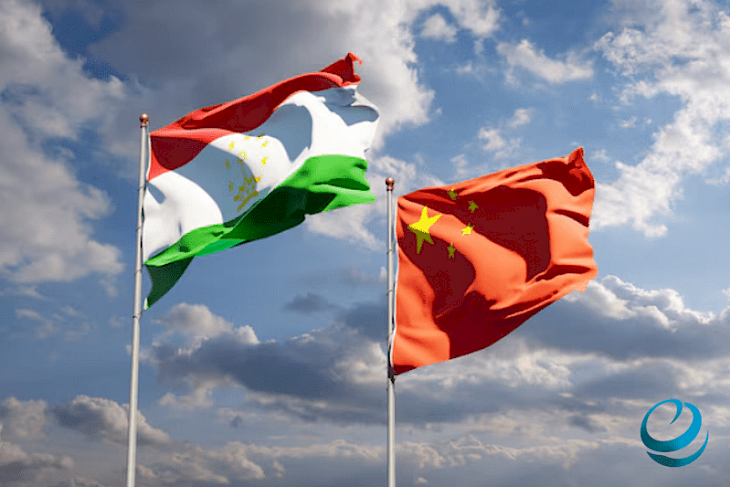A roundtable discussion was held in Dushanbe dedicated to the alignment of Tajikistan's National Development Strategy until 2030 with the extensive Chinese initiative "Belt and Road", Khovar reports.
The meeting was organized by the Institute for the Study of Asian and European Countries at the National Academy of Sciences of Tajikistan, the National Fund "Silk Road - Path of Consolidation", and the Institute for the Study of Modern China in Chongqing.
The roundtable was attended by authoritative scholars, politicians, representatives of relevant ministries, and leading research centers of the republic.
Opening the discussion, the director of the Institute for the Study of Asian and European Country Issues, Rustam Khaidarzoda, emphasized that Tajikistan views China as one of its key and reliable partners. In the republic, there are traditionally friendly feelings and a high level of trust towards China.
Mutually beneficial cooperation between Tajikistan and China is developing based on mutual respect for national cultures and a range of other important factors contributing to the further deepening of Tajik-Chinese relations.
Bilateral partnership is characterized by an unprecedentedly high level in all areas - political, cultural, trade, and economic, which is invariably emphasized during meetings between the leaders of the two states.
Rustam Khaidarzoda emphasized the Institute's intention to establish a Center for the Study of Modern China within its structure, motivated by the necessity of constant contacts to strengthen friendship and mutual understanding.
"We are not just neighbors, but also reliable partners. China should be deeply studied and aimed for maximum understanding," he summarized.
Thus, during the international roundtable in Dushanbe, a comprehensive expert dialogue was initiated on the prospects and specific mechanisms for integrating Tajikistan's National Development Strategy into the global "Belt and Road" initiative being implemented by Beijing.
The harmonization of these programs is considered a priority for further enhancement of multifaceted cooperation between the two countries.
Background from IA "Eurasia Today": The "Belt and Road" project is a global infrastructure program proposed by China in 2013. It aims to develop trade routes between China and other Eurasian countries, as well as to create free trade zones and a single economic space.
The project itself includes two main components:
1. The Silk Road Economic Belt - a network of land transport corridors linking China to Central Asia, Russia, and Europe.
2. The 21st-Century Maritime Silk Road - maritime trade routes connecting Chinese ports with Southeast Asia, the Middle East, East Africa, and further with Europe.
The goals of the initiative are to strengthen ties between countries, utilize new transit opportunities, stimulate trade and investment. China invests substantial funds in creating joint infrastructure - roads, railways, ports, pipelines, etc.
As of today, the project officially involves more than 140 countries and 30 international organizations. The "Belt and Road" contributes to the economic integration of Eurasia under China's auspices and expands its geopolitical influence.
CentralasianLIGHT.org
May 25, 2024

